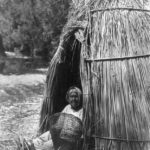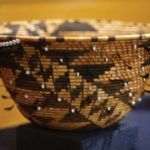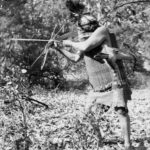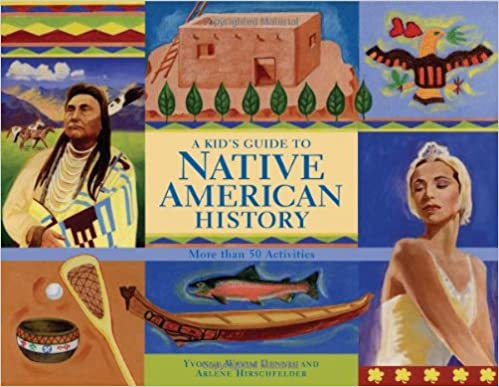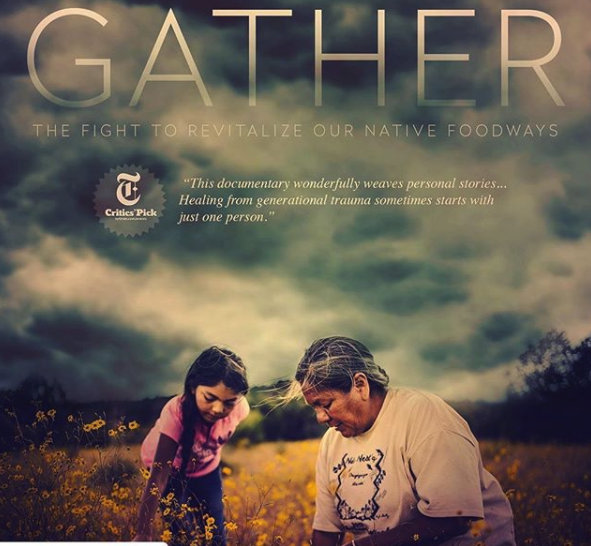Indigenous Peoples’ Day
10/12/2020
Celebrate the culture and rich traditions of the Pomo People
The Pomo, are the Hokan-speaking Indigenous North American People of the west coast of the United States. Their territory was centered in the Russian River valley some 50 to 100 miles (80 to 160 km) north of what is now San Francisco. Pomo territory also included the adjacent coastlands and the interior highlands near Clear Lake. A small detached group lived in the Sacramento River valley surrounded by Wintun people.
- Traditionally, the Pomo were a comparatively wealthy people, well supplied with food and other natural resources. Fish, waterfowl, deer, acorns, bulb plants, seeds, and other wild foods were plentiful.
- Northeastern Pomo settlements held a lucrative salt deposit, and southeastern settlements had magnesite, a substance that was combined with ground shells and made into the beads that were used as the standard currency in north-central California.
- Pomo basketry, considered by some to be the finest in California, was exceptionally well twined and intricately ornamented, using various woody materials, beads, and colored feathers.
- Their basket’s beauty and craftsmanship make them highly prized today. The baskets designed for holding water were so tightly woven that their very large ones were used as boats, pushed by men, to carry women across rivers.
- Pomo housing varied with the locale: coastal residents constructed dwellings of heavy timber and bark. Inland peoples built various dwellings out of such materials as poles, brush, grass, and tule mats.
- For shelter, the somewhat nomadic Pomo made Wikiups. Though the Pomo Natives were migratory, they often stayed for extended periods wherever they dwelled. They would build elliptical shelters from indigenous materials in abundance, such as redwood branches and brushes and mud over a rough frame.
- Traditional Pomo religion involved the Kuksu cult, a set of beliefs and practices involving private ceremonies, esoteric dances and rituals, and impersonations of spirits. There were also ceremonies for such things as ghosts, coyotes, and thunder.
- Pomo dress was simple. Women wore a fringed skirt or apron made of buckskin and, if the weather demanded it, a deer cape or blanket over their shoulders. Young men wrapped fur around their hips, and the older men were generally naked. In cold weather, a deerskin served as a blanket.
- For food, the Pomo speared salmon with two-pronged harpoons as the salmon went upstream to spawn. They would catch salmon heading out to sea with a scoop net. Surf fish or smelt was netted in the receding ocean surf. Eels were caught on a bone gaff at night. Snares were set for deer and elk. Acorns, a staple of the Pomo, were not plentiful near the Noyo, but there were edible seeds. They also gathered and ate wild greens, gnats, the sap of the white pine, mushrooms, grasshoppers, rabbits, rats, and squirrels. The women were the gatherers and the men, the hunters and anglers. Deer, elk, bear, and birds furnished bones, hides, and meat as well as ornaments of teeth, claws and feathers for clothing and tools.
- According to archeologists who have studied the layers of shells mounds left by the Native People, very little changed in their food supply, way of living, their tools or migratory habits for at least 3,000 years before the white men came. The Pomo had a religion, a spoken language and lived in small bands governed by a chief. They respected the land for the existence that it gave them and took no more from it, killed no more animals than they needed to live.
Ways you can help!
1) Support Native Owned businesses in your area.
2) Amplify Native voices by sharing, liking, and commenting on important Indigenous rights issues on Social Media
For kids
Books:
The Girl Who Helped Thunder
A Kid’s Guide to Native American History
Kid’sGardening.org is featuring a 3-week series celebrating the beauty and wisdom of Indigenous agriculture.
For Parents:
Watch the Documentary “Gather”: https://vimeo.com/ondemand/gather
Read Legacy “Legacy”: https://www.amazon.com/Legacy-Trauma-Story-Indigenous-Healing/dp/1770414258/ref=sr_1_1?dchild=1&keywords=legacy+suzanne+methot&qid=1602527519&s=books&sr=1-1


